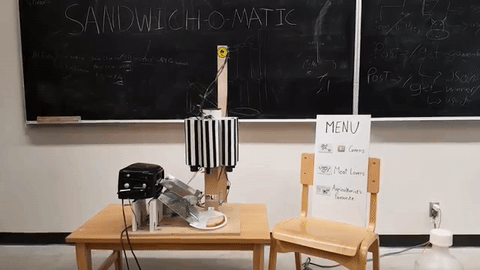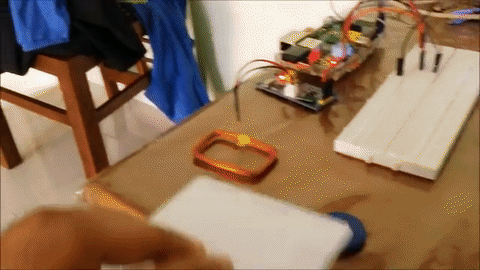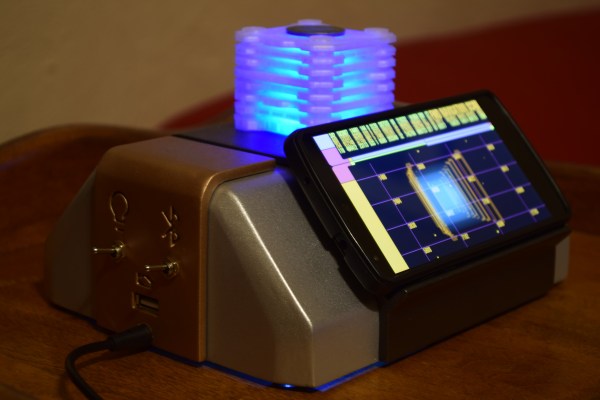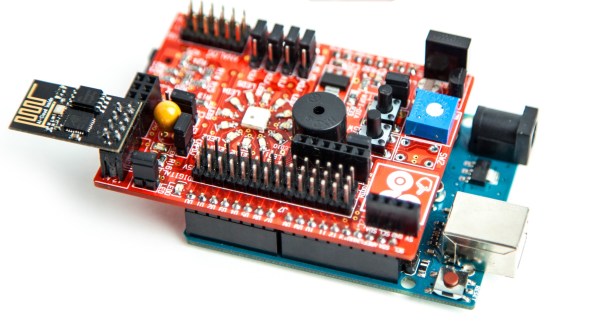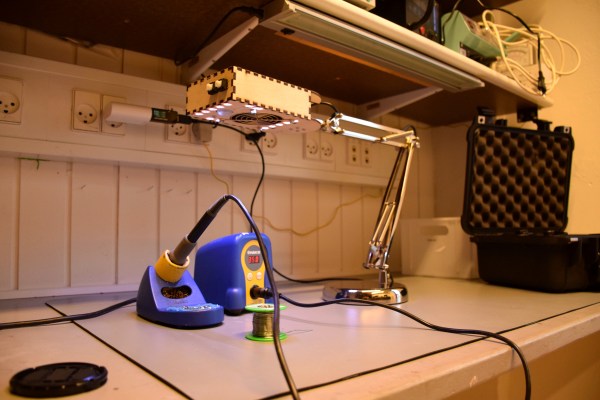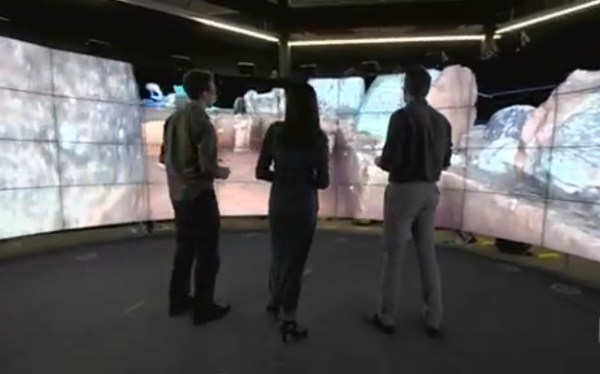Food. A necessary — often delicious — interruption of whatever project you’re currently hacking away at. Ordering takeout gets expensive and it’s generally unhealthy to subsist solely on pizza. With the Sandwich-O-Matic, a simple voice command fulfills this biological need with minimal disturbance of your build time.
Built for a thirty-six hour hackathon, the Sandwich-O-Matic is controlled by a Photon and an Arduino. The backend is running node, hosted on AWS, and Google Cloud was used for voice to text recognition. This thing is a fully automated and voice controlled sandwich building station. A DC motor services the toaster, while the rest of the device is actuated by servos. Simply tap the ‘begin recording’ button on the site, tell it your ingredient choices, and off it goes.
Continue reading “Sandwich Robot Keeps You Fed So You Can Keep Hacking”

